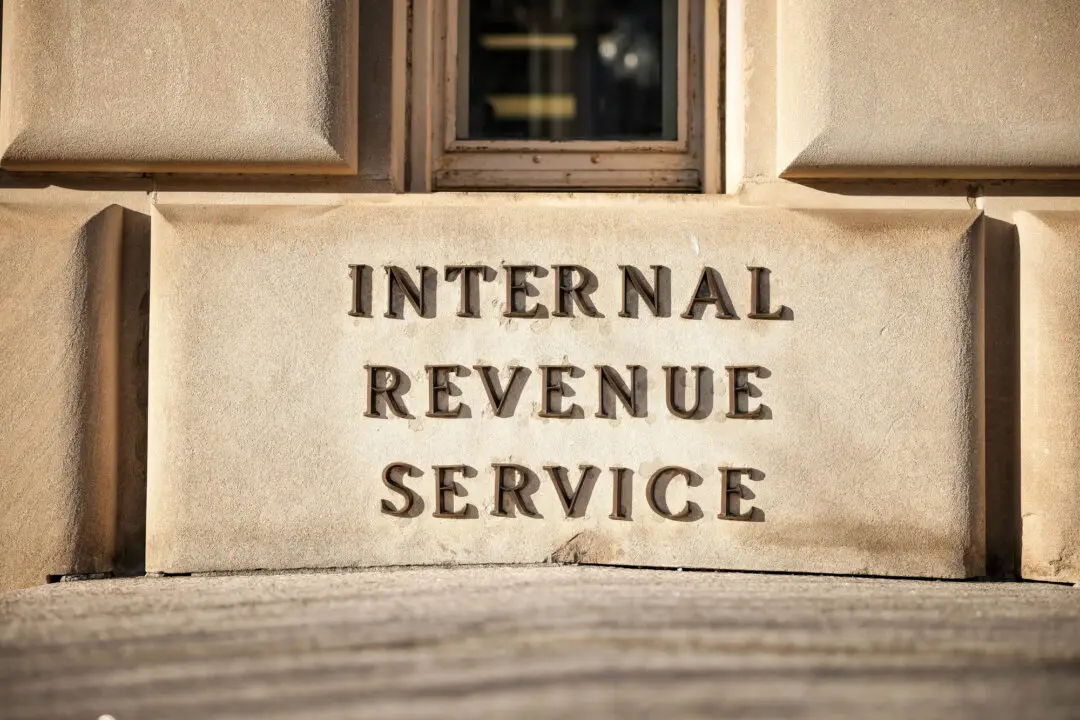Home Depot executives say consumers are feeling pressured by economic uncertainty and are spending less on major home renovation projects, leading the consumer spending bellwether to lower its forecast for a key sales metric deeper into negative territory.
The world’s largest home-improvement retailer reported its second-quarter results on Aug. 13, notching sales of $43.18 billion, a 0.6 percent increase that bettered Wall Street bets for $42.57 billion and snapped a first-quarter sales slump of 2.3 percent.





